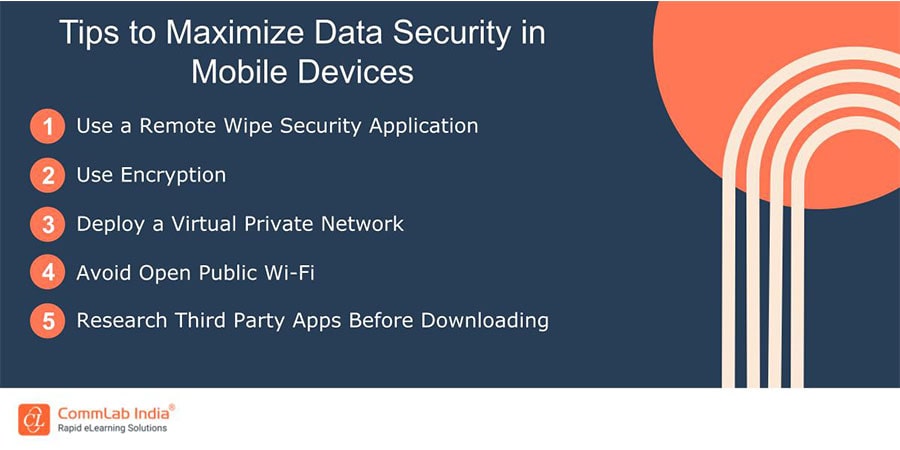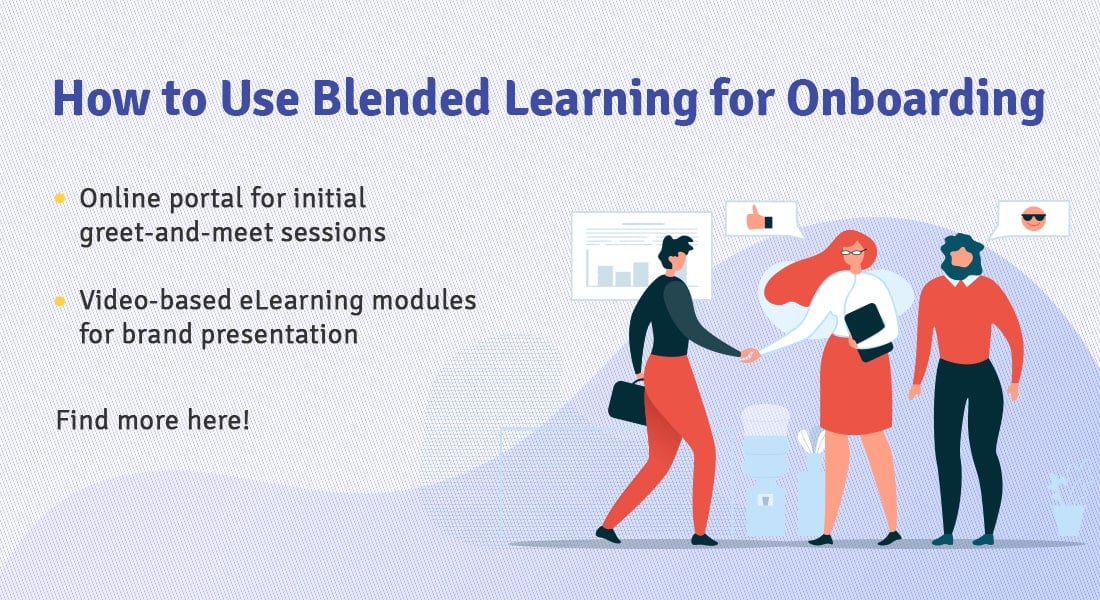Exploring Various Training Formats to Ensure Smooth Remote Onboarding

In today's fast-paced, ever-evolving work landscape, remote onboarding has emerged as a pivotal bridge between talent acquisition and a thriving workforce. The traditional office orientation has given way to an exciting digital frontier, where connectivity and innovation reign supreme. As businesses embrace the power of remote teams, the art of crafting a seamless and engaging onboarding process has become paramount. This blog will help you explore various training formats that can ensure smooth remote onboarding.
Do You Wish to Know The Training Formats to Ensure Smooth Remote Onboarding?
If yes, here are a few of them -
- Virtual orientation
- Video tutorials
- Interactive webinars
- Gamified learning modules
What are The Training Formats That Can Ensure Smooth Remote Onboarding?
1. Virtual Orientation
In today's remote work landscape, the traditional in-person orientation has evolved into a virtual experience. It typically starts with a welcome session conducted via video conferencing platforms like Zoom or Microsoft Teams. During this session, new hires are introduced to the company's culture, values, mission, and organizational structure. It's an opportunity for them to feel part of the team, even from a distance. They may also meet key team members and learn about the tools and platforms they'll use for work. Virtual orientations set the tone for a positive onboarding experience by creating a sense of belonging.
2. Video Tutorials
Video tutorials play a crucial role in remote onboarding. They serve as a valuable resource for new employees, offering step-by-step guidance on essential tools, software, and processes they'll encounter in their roles. These tutorials can cover a wide range of topics, such as how to use project management software, communication tools, and even best practices for remote collaboration. Video-based learning sessions are an effective way to visually demonstrate tasks, making them easier for new hires to grasp. Accessible 24/7, they allow employees to revisit and reinforce their learning at their own pace.

3. Interactive Webinars
Interactive webinars bring an element of live engagement to remote onboarding. These sessions can cover various topics, including company policies, benefits, and compliance requirements. What sets them apart is the real-time interaction they offer. New employees can ask questions, clarify doubts, and actively participate in discussions. Webinars also provide an excellent platform for leadership to communicate their vision and goals directly to the new hires, fostering a sense of connection. Recorded webinars can be made available for those who can't attend live sessions.
4. Social Collaboration Platforms
Social collaboration platforms like Slack, Microsoft Teams, or Workplace by Meta(previously Facebook) have become invaluable tools for remote onboarding. These platforms offer a space for new hires to connect with their colleagues, share information, and engage in discussions. Organizations can create dedicated channels or groups for onboarding, allowing new employees to ask questions, seek guidance, and build relationships with team members. These platforms foster a sense of belonging and provide a digital water cooler where employees can socialize and network. Additionally, they can serve as repositories for important resources and company announcements.
→ Download Infographic Now: VILT for Collaborative Learning
5. Gamified Learning Modules
Gamification adds an element of fun and engagement to the onboarding process. Gamified learning modules transform traditional training content into interactive games or challenges. New hires earn points, badges, or rewards as they complete tasks or answer questions correctly. This not only makes learning more enjoyable but also motivates employees to actively participate and retain information. Gamification can be applied to various aspects of onboarding, from compliance training to product knowledge. It taps into the competitive spirit and encourages healthy competition among new hires.
6. Role-Playing and Simulations
Role-playing and simulations offer a hands-on approach to learning that can be particularly effective for remote onboarding. In role-playing scenarios, new hires practice real-life situations they may encounter in their roles, such as handling customer inquiries or resolving conflicts within a team. Simulations take this a step further by creating virtual environments where employees can make decisions and see the consequences of their actions. These interactive exercises help new hires develop problem-solving skills, gain practical experience, and build confidence in their abilities. They can be especially useful for sales, customer service, and leadership training.
5 Best Practices to Ensure Smooth Remote Onboarding
1. Clear Communication
Clear communication is the bedrock of a successful remote onboarding process. Ensure that new hires have access to all necessary contact information right from the start. This includes the contact details of the HR team, IT support for technical issues, and the direct supervisor or manager. Set the expectation that communication channels are open, and questions or concerns will be addressed promptly. Encourage the use of video conferencing for face-to-face interactions, which can help build a stronger sense of connection.
2. Virtual Buddy System
Implementing a virtual buddy system is an excellent way to ease new employees into the company culture and their new roles. Pair each newcomer with an experienced team member who can serve as a mentor or buddy. This person can help the new hire navigate the organization, answer questions, provide insights, and offer guidance on both work-related and cultural matters. Regular check-ins between the buddy and the new hire can help foster a sense of belonging and support.
3. Feedback Loops
Building feedback loops into the onboarding process is essential for continuous improvement. Create opportunities for new hires to provide feedback about their onboarding experience. Anonymous surveys, one-on-one feedback sessions, or virtual focus group discussions can be effective methods. Act on the feedback received, making necessary adjustments to the onboarding program to address pain points and improve the overall experience. Demonstrating a commitment to listening and responding to feedback builds trust and shows that the organization values its employees' input.
4. Virtual Team-building Activities
Remote work can sometimes feel isolating, making team-building activities even more important. Plan and execute virtual team-building activities regularly. These can include virtual escape rooms, online trivia games, virtual coffee breaks, or themed dress-up days where team members join video calls in fun costumes. These activities not only break the ice but also help build camaraderie and relationships among remote team members. Team-building fosters a sense of belonging and can improve collaboration and communication.
5. Cybersecurity Awareness
Cybersecurity is a critical concern in the remote work environment. Include cybersecurity awareness training as part of the onboarding process to educate new employees about best practices for protecting sensitive company data and their own devices. Cover topics such as creating strong passwords, recognizing phishing attempts, and using secure communication tools. Make sure new hires understand their role in maintaining the security of company information and provide resources for reporting any security concerns or incidents. A security-conscious workforce is an essential component of a secure remote work environment.

Wrapping Up!
These training formats collectively contribute to a well-rounded remote onboarding process. They enable new employees to understand the company's culture, acquire essential skills, and connect with their colleagues, all while working remotely. Combining these formats thoughtfully can create a comprehensive and engaging onboarding experience that prepares employees for success in a remote work environment. Remember we discussed about virtual orientation earlier in the blog? VILT or virtual instructor-led training helps you get it right, and here’s a quick infographic to help you understand more about VILT.


![VILT — Digital Classroom to Boost Collaborative Learning [Infographic]](https://no-cache.hubspot.com/cta/default/59327/431165f8-6a4e-47bc-9fee-29a26ba26205.png)


